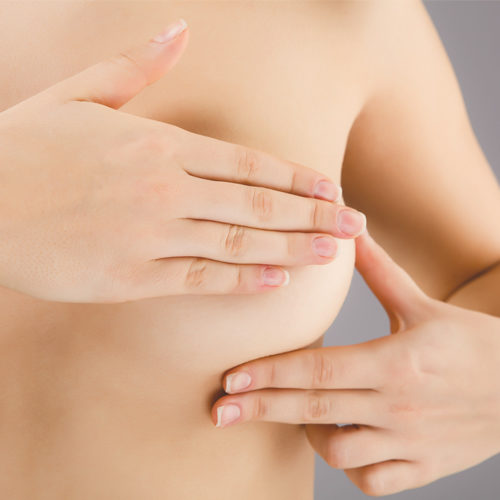How to take care of your nipples

Breastfeeding is a rewarding experience, and you can keep any struggles to a minimum by preparing yourself for the journey.
Most first-time moms will have different experiences about breastfeeding their children. Here are common scenarios that every mother goes through.
Reasons for sore nipples:
- Soreness on first days of breastfeeding: Most women find their nipples sore on their first few days of breastfeeding, which usually goes away once breast milk production comes at a regular rate, and your baby has adapted to suckling. This period should last about 1-2 weeks.
- Nipple latching problems: Another reason could be that Your Child is not latching correctly during breastfeeding, causing blisters and pain around your nipples. For a proper latch, make sure the nipple is pointed towards the roof of Your Child’s mouth. And the mouth covers the areola area instead of only the nipple. If the difficulty persists, don’t hesitate to counsel with a professional.
- Pumping equipment: You should choose pumping equipment that suits the size of your breast. If it is too large, too small, or too strenuous on the breasts, nipple blisters can happen easily.
- Blocked duct or infection: If you notice lumps on the breasts and they hurt when pressed, your milk ducts might be blocked, either at the nipple pores or in the milk duct itself. Clogged milk ducts happen when the baby misses a feeding, feeding sessions are inconsistent, or both breasts are not fed equally. More serious cases of inflammation may follow such as;
- Mastitis: If the lumps on your breast are accompanied by flu-like symptoms, particularly fever, it is likely you are having a breast infection called mastitis. The pain from mastitis is usually more intense than normal clogged ducts, sometimes causing the breasts to become red and swollen.
- Thrush: A yeast infection, with common symptoms being white spots around the nipples, and the child’s mouth, that gives a sharp and burning pain around the affected area. It is best to seek health professionals in this case.
Treating nipples soreness
Instead of taking a short break from it, try to persist with breastfeeding to maintain milk supply and keep the ducts from clogging. To minimize the chances of your milk ducts clogging, try to gently massage the breasts and padding them with warm clothes before feeding. This technique will get the milk flowing through the ducts better.
To keep the nipples from cracking, some moms find it useful to rub their breastmilk onto the nipples after each feeding. And many lactation consultants recommend applying ultra-pure lanolin cream to keep the nipples moist and soft.
If you find your sore nipples do not get better over time, don’t hesitate to seek professional guidance.
Nipples caring tips
- Always wash your hands before breastfeeding
- Nurse Your Child regularly and equally from both sides
- Be gentle with your nipples by dabbing rather than rubbing
- Avoid soap while bathing because soap dries out the natural oil produced around the areola to keep them moist and supple
- Change nursing pads frequently to avoid fungus developing and causing thrush



